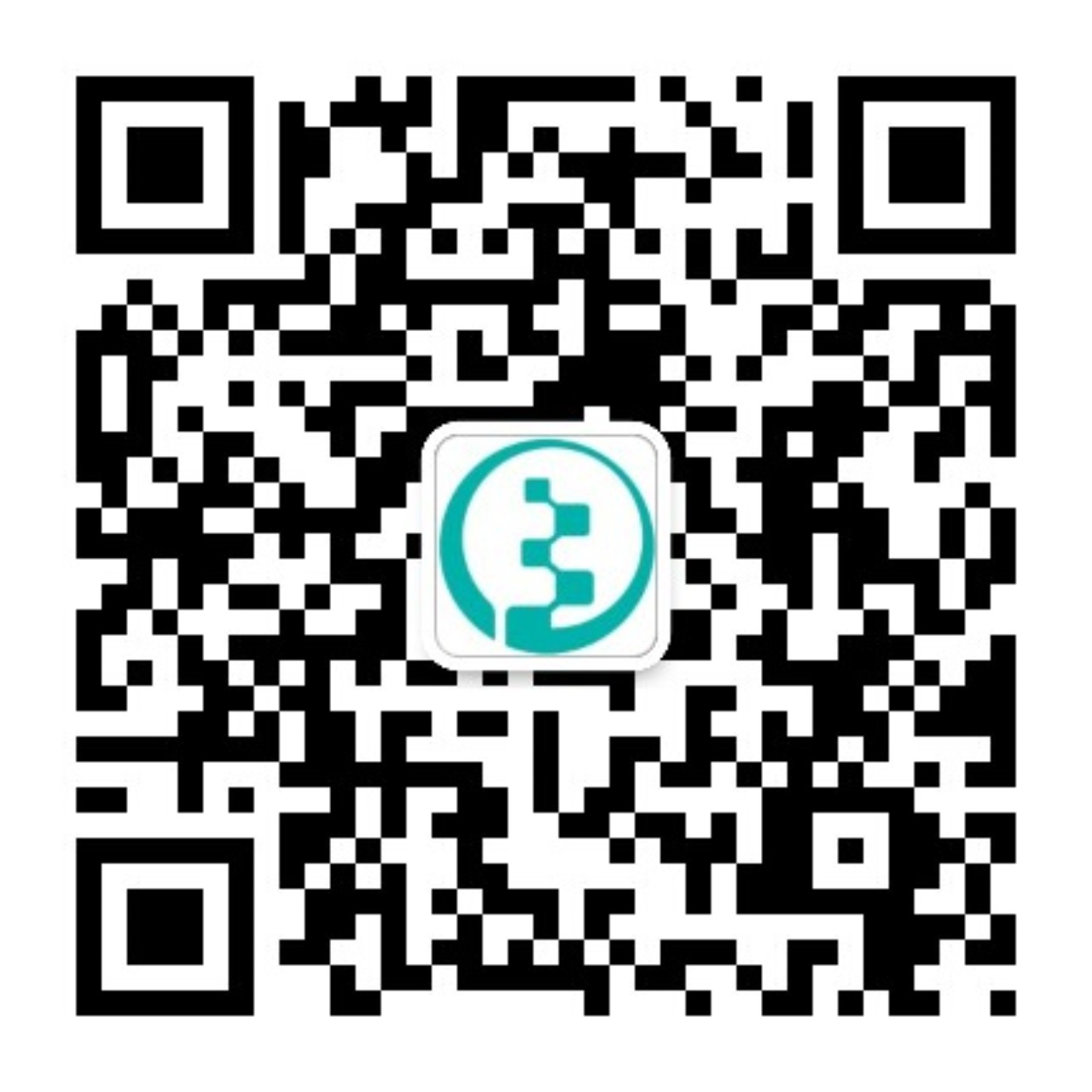| Strain Name |
C57BL/6-Tnfsf15tm2(TNFSF15)Bcgen Itga4tm1(ITGA4)Bcgen Itgb7tm1(ITGB7)Bcgen/Bcgen |
Common Name |
B-hTL1A/hα4β7 mice |
| Background |
C57BL/6 |
Catalog Number |
113037 |
|
Aliases |
TL1, TL1A, TNLG1B, VEGI, VEGI192A; CD49D, IA4; NA; |
||
|
NCBI Gene ID |
9966, 3676, 3695 |
||
Description
- TL1A binds to death receptor 3 (DR3) to provide stimulatory signals for downstream signaling pathways, thereby regulating the proliferation, activation, apoptosis of effector cells, and the production of cytokines and chemokines. Soluble decoy receptor 3 (DcR3) may neutralize the effects of sTL1A/DR3. In addition, DcR3 can inhibit apoptosis, reduce inflammation, and prevent tissue damage by neutralizing LIGHT and FasL.
- Integrin α4β7 is composed of a 150 kD (α4 or CD49d) and a 130 kD (β7) heterodimer, also known as CD49d/β7 or LPAM-1. Belonging to the Ig superfamily, it is found on the majority of peripheral lymphocytes and subsets of thymocytes and bone marrow cells (including mast cell progenitors). Integrin α4β7 binds its ligands, VCAM-1 (CD106), MAdCAM-1 and fibronectin, and plays an important role in lymphocytes adhesion and the direction of migration of blood lymphocytes to the intestine and associated lymphoid tissues.
- The exons 1-4 of mouse Tl1a gene that encode the extracellular domain were replaced by human TL1A exons 1-4 in B-hTL1A/hα4β7 mice; The exons 2-27 of mouse Itga4 gene that encode the extracellular domain were replaced by human ITGA4 exons 2-27 in B-hTL1A/hα4β7 mice; The exons 2-14 of mouse Itgb7 gene that encode the extracellular domain were replaced by human ITGB7 exons 3-15 in B-hTL1A/hα4β7 mice.
- Mouse ITGA4 and ITGB7 were only detectable on NK cells, DCs, monocytes and macrophages from spleen of wild-type C57BL/6JNifdc mice. Human ITGA4 and ITGB7 were exclusively detectable in homozygous B-hTL1A/hα4β7 mice, but not in wild-type C57BL/6JNifdc mice. Soluble human TL1A was exclusively detectable in homozygous B-hTL1A/hα4β7 mice but not wild-type C57BL/6JNifdc mice. Humanization of TL1A, ITGA4 and ITGB7 do not change the overall frequency or distribution of immune cell types in spleen, blood and lymph nodes. In TNBS-induced acute colitis in B-hTL1A/hα4β7 mice, treatment with anti-human TL1A antibody and anti-human α4β7 antibody improved the disease characteristics of colitis.
- Application: This product is used for pharmacological and safety evaluation of autoimmune diseases such as Inflammatory bowel disease, psoriasis and arthritis.
Targeting strategy
Gene targeting strategy for B-hTL1A/hα4β7 mice.
The exons 1-4 of mouse Tl1a gene that encode the extracellular domain were replaced by human TL1A exons 1-4 in B-hTL1A/hα4β7 mice.
The exons 2-27 of mouse Itga4 gene that encode the extracellular domain were replaced by human ITGA4 exons 2-27 in B-hTL1A/hα4β7 mice.
The exons 2-14 of mouse Itgb7 gene that encode the extracellular domain were replaced by human ITGB7 exons 3-15 in B-hTL1A/hα4β7 mice.
Protein expression analysis in spleen

Strain specific ITGA4 and ITGB7 expression analysis in wild-type C57BL/6JNifdc mice and homozygous humanized B-hTL1A/hα4β7 mice by flow cytometry. Splenocytes were collected from wild-type C57BL/6JNifdc mice and homozygous B-hTL1A/hα4β7 mice. Protein expression was analyzed with anti-mouse ITGA4 antibody (Biolegend, 103705), anti-mouse ITGB7 antibody (Biolegend, 120607), anti-human ITGA4 antibody (Biolegend, 304307) anti-human ITGB7 antibody (Invitrogen, MA5-23541) by flow cytometry. Mouse ITGA4 and ITGB7 were only detectable in wild-type C57BL/6JNifdc mice. Human ITGA4 and ITGB7 were exclusively detectable in homozygous B-hTL1A/hα4β7 mice, but not in wild-type C57BL/6JNifdc mice.

Strain specific ITGA4 and ITGB7 expression analysis in wild-type C57BL/6JNifdc mice and homozygous humanized B-hTL1A/hα4β7 mice by flow cytometry. Splenocytes were collected from wild-type C57BL/6JNifdc mice and homozygous B-hTL1A/hα4β7 mice. Protein expression was analyzed with anti-mouse ITGA4 antibody (Biolegend, 103705), anti-mouse ITGB7 antibody (Biolegend, 120607), anti-human ITGA4 antibody (Biolegend, 304307) anti-human ITGB7 antibody (Invitrogen, MA5-23541) by flow cytometry. Mouse ITGA4 and ITGB7 were only detectable in wild-type C57BL/6JNifdc mice. Human ITGA4 and ITGB7 were exclusively detectable in homozygous B-hTL1A/hα4β7 mice, but not in wild-type C57BL/6JNifdc mice.

Strain specific ITGA4 and ITGB7 expression analysis in wild-type C57BL/6JNifdc mice and homozygous humanized B-hTL1A/hα4β7 mice by flow cytometry. Splenocytes were collected from wild-type C57BL/6JNifdc mice and homozygous B-hTL1A/hα4β7 mice. Protein expression was analyzed with anti-mouse ITGA4 antibody (Biolegend, 103705), anti-mouse ITGB7 antibody (Biolegend, 120607), anti-human ITGA4 antibody (Biolegend, 304307) anti-human ITGB7 antibody (Invitrogen, MA5-23541) by flow cytometry. Mouse ITGA4 and ITGB7 were only detectable in wild-type C57BL/6JNifdc mice. Human ITGA4 and ITGB7 were exclusively detectable in homozygous B-hTL1A/hα4β7 mice, but not in wild-type C57BL/6JNifdc mice.

Strain specific ITGA4 and ITGB7 expression analysis in wild-type C57BL/6JNifdc mice and homozygous humanized B-hTL1A/hα4β7 mice by flow cytometry. Splenocytes were collected from wild-type C57BL/6JNifdc mice and homozygous B-hTL1A/hα4β7 mice. Protein expression was analyzed with anti-mouse ITGA4 antibody (Biolegend, 103705), anti-mouse ITGB7 antibody (Biolegend, 120607), anti-human ITGA4 antibody (Biolegend, 304307) anti-human ITGB7 antibody (Invitrogen, MA5-23541) by flow cytometry. Mouse ITGA4 and ITGB7 were only detectable in wild-type C57BL/6JNifdc mice. Human ITGA4 and ITGB7 were exclusively detectable in homozygous B-hTL1A/hα4β7 mice, but not in wild-type C57BL/6JNifdc mice.
Protein expression analysis

Soluble TL1A expression analysis in B-hTL1A/hα4β7 mice by ELISA. Bone marrow derived dendritic cells (BMDCs) were produced by culturing the bone marrow from wild-type C57BL/6JNifdc mice and homozygous B-hTL1A/hα4β7 mice (female, 8 weeks-old, n=3), which were stimulated with 1 μg/mL LPS in vitro for 18h. After stimulation, the supernatants were collected and the levels of soluble TL1A were measured using a species-specific human TL1A ELISA kit (R&D, DY1319-05). Soluble human TL1A was exclusively detectable in homozygous B-hTL1A/hα4β7 mice but not wild-type C57BL/6JNifdc mice. Values are expressed as mean ± SEM. ND: not detectable.
Frequency of leukocyte subpopulations in spleen

Frequency of leukocyte subpopulations in spleen by flow cytometry. Splenocytes were isolated from wild-type C57BL/6JNifdc mice and homozygous B-hTL1A/hα4β7 mice (female, 8-week-old, n=3). A. Flow cytometry analysis of the splenocytes was performed to assess the frequency of leukocyte subpopulations. B. Frequencies of T cell subpopulations. Percentages of T cells, B cells, NK cells, DCs, monocytes, macrophages, neutrophils, CD4+ T cells, CD8+ T cells and Tregs in B-hTL1A/hα4β7 mice were similar to those in C57BL/6JNifdc mice, demonstrating that humanization of TL1A, ITGA4 and ITGB7 do not change the frequency or distribution of these cell types in spleen. Values are expressed as mean ± SEM.
Frequency of leukocyte subpopulations in blood

Frequency of leukocyte subpopulations in blood by flow cytometry. Blood cells were isolated from wild-type C57BL/6JNifdc mice and homozygous B-hTL1A/hα4β7 mice (female, 8-week-old, n=3). A. Flow cytometry analysis of the blood cells was performed to assess the frequency of leukocyte subpopulations. B. Frequencies of T cell subpopulations. Percentages of T cells, B cells, NK cells, DCs, monocytes, macrophages, neutrophils, CD4+ T cells, CD8+ T cells and Tregs in B-hTL1A/hα4β7 mice were similar to those in C57BL/6JNifdc mice, demonstrating that humanization of TL1A, ITGA4 and ITGB7 do not change the frequency or distribution of these cell types in blood. Values are expressed as mean ± SEM.
Frequency of leukocyte subpopulations in lymph nodes

Frequency of leukocyte subpopulations in lymph node by flow cytometry. Leukocytes were isolated from wild-type C57BL/6JNifdc mice and homozygous B-hTL1A/hα4β7 mice (female, 8-week-old, n=3). A. Flow cytometry analysis of the leukocytes was performed to assess the frequency of leukocyte subpopulations. B. Frequencies of T cell subpopulations. Percentages of T cells, B cells, NK cells, CD4+ T cells, CD8+ T cells and Tregs in B-hTL1A/hα4β7 mice were similar to those in C57BL/6JNifdc mice, demonstrating that humanization of TL1A, ITGA4 and ITGB7 do not change the frequency or distribution of these cell types in lymph nodes. Values are expressed as mean ± SEM.
TNBS induced acute colitis in B-hTL1A/hα4β7 mice

TNBS solution was instilled into the colon lumen of B-hTL1A/hα4β7 mice (female, 8-10 weeks-old, n=10). The control group (Sham) received intrarectal injections of 50% ethanol. The treatment groups received anti-human TL1A antibody RVT-3101 (10 mpk, provided by WuXi AppTec), anti-human α4β7 antibody Vedolizumab (10 mpk, provided by WuXi AppTec) alone or in combination. Body weight and DAI score were recorded daily. On day 5, the mice were sacrificed, and colon length and weight were recorded. (A) Body weight change. (B) DAI score. (C) Colon Index. (D) Colon photo. A TNBS-induced acute colitis model was established in B-hTL1A/hα4β7 mice. Administration of anti-human TL1A antibody RVT-3101 and anti-human α4β7 antibody Vedolizumab effectively improved TNBS-induced acute colitis, and their combination provided better efficacy. The results indicate that B-hTL1A/hα4β7 mice are a powerful tool for evaluating in vivo efficacy of the combination of anti-human TL1A antibody and anti-human α4β7 antibody. Values are expressed as mean ± SEM. *p<0.05, **p<0.01, ***p<0.001, ****p<0.0001, versus Vehicle, ANOVA.
Note: This experiment was conducted by WuXi AppTec using in B-hTL1A/hα4β7 mice.

TNBS solution was instilled into the colon lumen of B-hTL1A/hα4β7 mice (female, 8-10 weeks-old, n=10). The control group (Sham) received intrarectal injections of 50% ethanol. The treatment groups received anti-human TL1A antibody RVT-3101 (10 mpk, provided by WuXi AppTec), anti-human α4β7 antibody Vedolizumab (10 mpk, provided by WuXi AppTec) alone or in combination. Body weight and DAI score were recorded daily. On day 5, the mice were sacrificed, and the intestinal mucosa and serum were collected for cytokine analysis. (A) The concentrations of IL-1β, IL-6, IL-17A, IFN-γ, TNF-α in intestinal mucosa. (B) The concentrations of IL-1β, IL-6, IL-17A, IFN-γ, TNF-α in serum. A TNBS-induced acute colitis model was established in B-hTL1A/hα4β7 mice. Administration of anti-human TL1A antibody RVT-3101 and anti-human α4β7 antibody Vedolizumab effectively improved TNBS-induced acute colitis, and their combination provided better efficacy. The results indicate that B-hTL1A/hα4β7 mice are a powerful tool for evaluating in vivo efficacy of the combination of anti-human TL1A antibody and anti-human α4β7 antibody. Values are expressed as mean ± SEM. *p<0.05, **p<0.01, ***p<0.001, ****p<0.0001, versus Vehicle, ANOVA.
Note: This experiment was conducted by WuXi AppTec using in B-hTL1A/hα4β7 mice.












 京公网安备:
京公网安备: